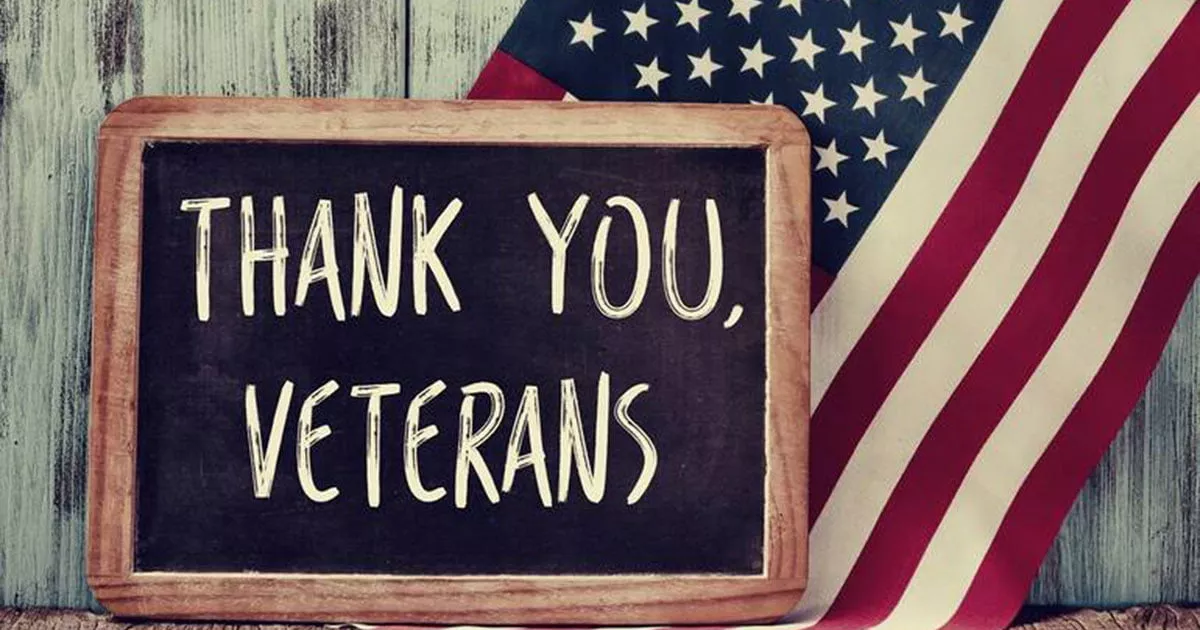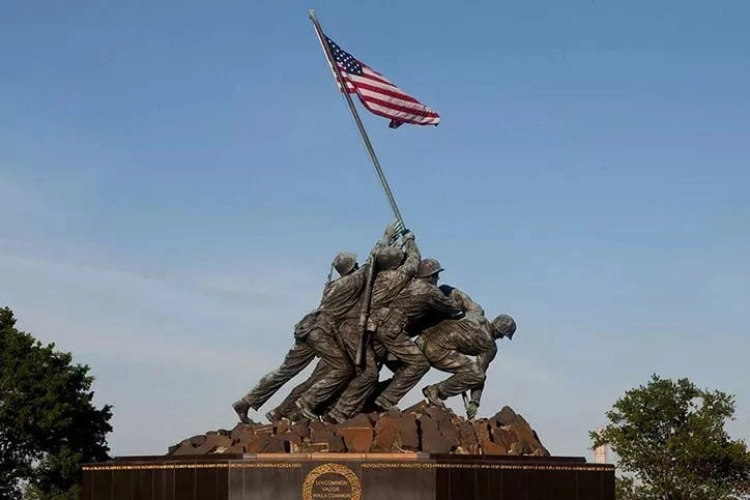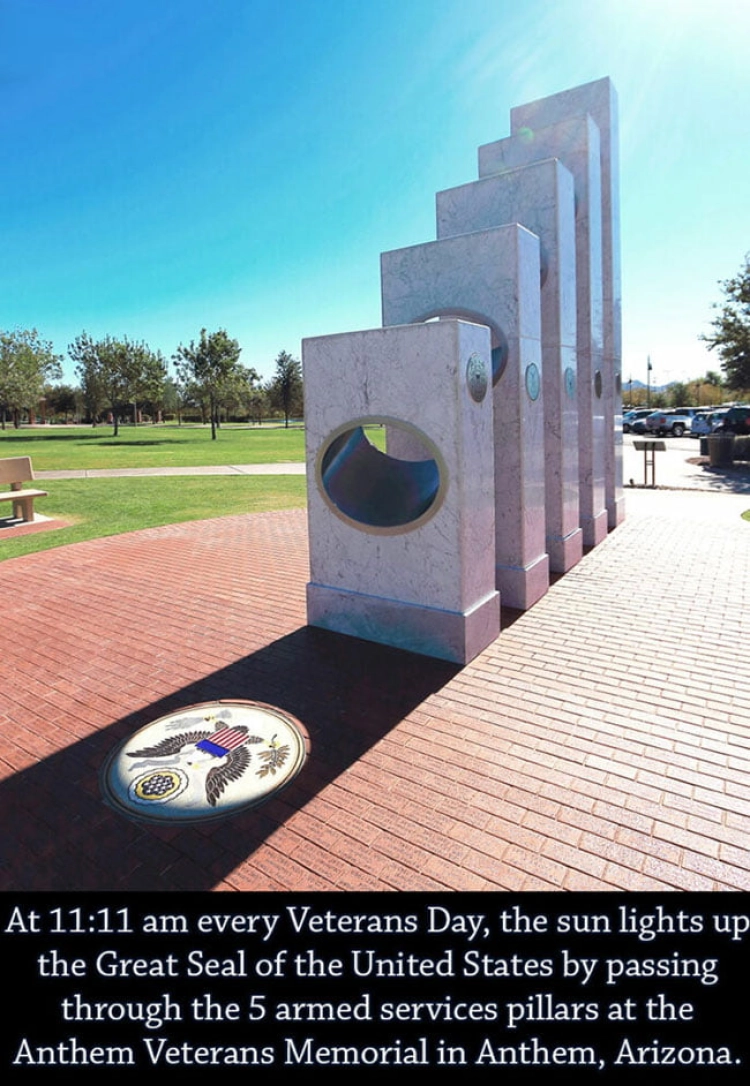

Each November, we pause to honor the brave men and women who have served our country with courage and dedication. The importance of Veterans Day may vary from person to person, but the underlying sentiment remains constant: to express gratitude and appreciation for our veterans. It’s a day that unites us in recognition of their sacrifice and service, offering a chance for every citizen to reflect on the true meaning of patriotism. So, let’s delve into the origins and traditions of Veterans Day, while extending a heartfelt “Thank You” to all our veterans, past and present.
Unlike some holidays that shift with the calendar, Veterans Day is always commemorated on November 11th—a date etched into history and rich with symbolism. This day is often confused with Memorial Day, but they serve distinct purposes. While Memorial Day mourns those who have died in service to our country, Veterans Day is a celebration dedicated to all U.S. military veterans, both living and deceased. It’s a moment to recognize those who have stood guard over our nation’s freedoms and served with honor.
These courageous men and women have played pivotal roles in maintaining peace and stability not just within America’s borders, but around the world. Expressing gratitude to a veteran—today or any day—is a simple yet powerful way to show respect and appreciation for their service.

The story of Veterans Day begins at the close of World War I, a cataclysmic event that reshaped the world. Known as “The Great War,” it was a conflict unlike any other, lasting from 1914 to 1918 and claiming millions of lives. When the guns finally fell silent on the Western Front, the armistice between the Allies and Germany took effect on November 11, 1918—at the 11th hour of the 11th day of the 11th month. This date became forever linked with the promise of peace and the hope of a world without war.
In the United States, November 11 was first observed as “Armistice Day” in 1919, marking the first anniversary of the end of World War I. President Woodrow Wilson issued a heartfelt proclamation, expressing his hope that the day would be filled with “solemn pride in the heroism of those who died in the country’s service and with gratitude for the victory.” In 1926, Congress officially recognized November 11 as a day to celebrate world peace, and by 1938, Armistice Day became a national holiday dedicated to honoring World War I veterans.
The years following World War I brought new challenges and conflicts for the United States. World War II and the Korean War demanded even more sacrifice and valor from America’s service members. Recognizing this, in 1954, President Dwight D. Eisenhower signed legislation that changed Armistice Day to Veterans Day, transforming it into a day that honors all American veterans, not just those who served in World War I.
In 1968, Congress passed the Uniform Monday Holiday Act, which moved the celebration of Veterans Day to the fourth Monday in October to provide workers with a long weekend. The intent was practical, but the change was met with considerable resistance. Veterans and the public alike argued that November 11 held deep historical and emotional significance—it was the actual anniversary of the end of World War I. States across the nation continued to observe the holiday on November 11, defying the new federal date.
Acknowledging the widespread disapproval, President Gerald R. Ford signed a law in 1975 returning Veterans Day to its original date, November 11, regardless of the day of the week. Since then, the nation has continued to honor its veterans on this symbolic date, a tribute to the historical roots of the holiday.
Over the years, Veterans Day has evolved into a national celebration of all military veterans who have served the United States in war or peace. It is marked by ceremonies, parades, and gatherings across the country, where communities come together to commemorate the contributions of our nation’s heroes. Many schools and civic organizations host special programs, inviting veterans to speak about their experiences and educating younger generations about the sacrifices made to protect the freedoms we often take for granted.
The day is also an opportunity to visit local memorials, participate in volunteer activities, or simply spend time with a veteran in your life. Veterans Day reminds us of the courage, dedication, and unwavering commitment that these men and women have shown in defending the ideals of freedom and democracy.
One interesting fact about Veterans Day is its spelling. Unlike holidays like Mother’s Day or Father’s Day, Veterans Day does not include an apostrophe. This is not an oversight but a deliberate choice. The day doesn’t belong to veterans in a possessive sense; rather, it is a day set aside for everyone to honor veterans. It’s a subtle but significant distinction that highlights the inclusive nature of the holiday—everyone, not just veterans, is encouraged to reflect on the service and sacrifice of those who have defended the nation.
On Veterans Day, we hoist the flag high and proud, rather than flying it at half-mast as we do on Memorial Day. This gesture reflects the celebratory nature of the holiday, saluting the bravery and dedication of our veterans. It’s a small but powerful reminder of their immense contribution to our nation and the world at large. Whether it’s displaying the flag at home or observing it at a local parade, raising the Stars and Stripes is a meaningful way to pay tribute.
While there are countless memorials across the country that pay homage to our veterans, one particularly unique site stands out—the Anthem Veterans Memorial in Anthem, Arizona. This striking monument consists of five marble pillars, each representing a branch of the U.S. military: Army, Marine Corps, Navy, Air Force, and Coast Guard. At exactly 11:11 a.m. each Veterans Day, the sun’s rays align perfectly to illuminate the Great Seal of the United States, a powerful symbol of unity and sacrifice.

Surrounding the memorial are over 2,200 red bricks, each engraved with the name of a veteran. It’s a moving tribute and a place where visitors can reflect on the countless stories of bravery and sacrifice that have shaped our nation’s history. If you’re ever in Anthem, Arizona, be sure to visit this remarkable site and experience firsthand the solemn beauty of this tribute to America’s veterans.
Veterans Day represents an opportunity to appreciate the sacrifices and courage of our military veterans, recognizing their crucial roles in preserving peace and freedom. As a nation, we owe a debt of gratitude to those who have served in times of war and peace. They are the guardians of our liberty, the defenders of democracy, and the embodiment of what it means to be a true patriot.
So, on this Veterans Day—and indeed every day—let’s take a moment to say, “Thank you” to our veterans. Whether through a simple gesture of appreciation, a shared story, or by attending a local ceremony, we can honor their service and let them know that their sacrifices will never be forgotten.